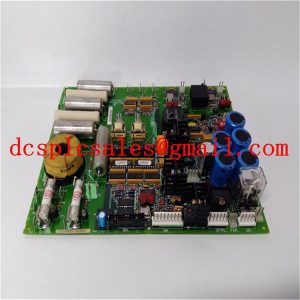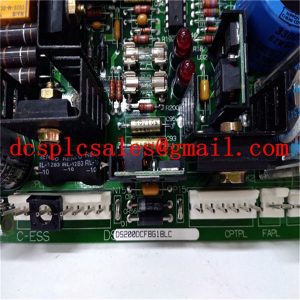Description
IC687BEM731-AB GE Genius Bus Controller
The command issued by IC687BEM731-AB is first given to the lower computer, which then interprets it as a corresponding timing signal to directly control the corresponding equipment. The lower computer occasionally reads device status data (usually analog), converts it into digital signals, and feeds them back to the upper computer. In addition, the lower level machine is an execution unit that only executes after receiving commands from the master device, that is, the slave device. However, the lower computer can also directly intelligently process measurement and control execution, while the upper computer does not participate in specific control and only manages (data storage, display, printing… human-machine interface, etc.). In short, the upper computer includes an operator station, an engineer station, a history station, etc. The localization adopts China Electronics Great Wall computer/server, equipped with the Kirin operating system. The lower computer consists of a system controller, I/O modules, etc.
IC687BEM731-AB consists of multiple control units distributed in different locations. These control units can be distributed in different computer rooms, buildings, or geographical areas, making the system closer to the controlled equipment. This distribution reduces signal transmission delay, improves system flexibility and reliability. In addition, distributed deployment makes the system easier to scale and maintain. Distributed control systems typically adopt redundant design, where multiple control units can backup each other. This means that if one control unit fails, other control units can take over its functions, ensuring the continuous operation and reliability of the system. Redundancy provides protection for critical industrial processes and reduces the impact of system failures on production.










